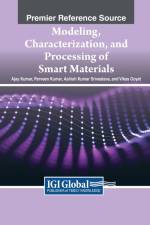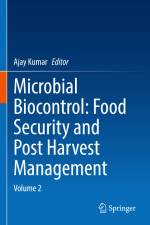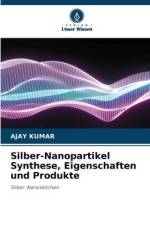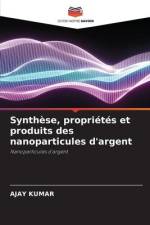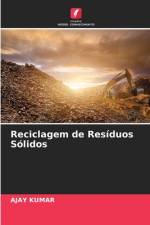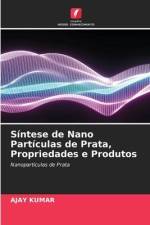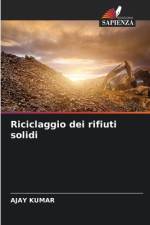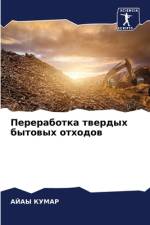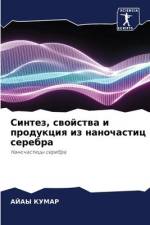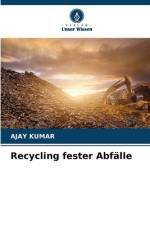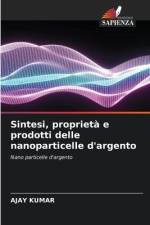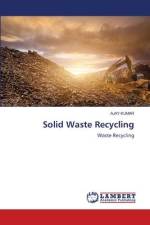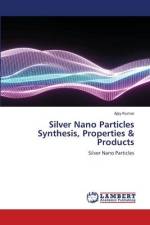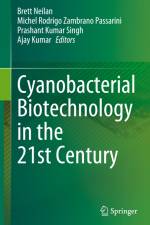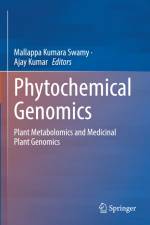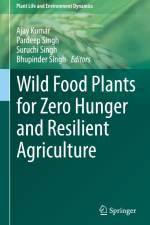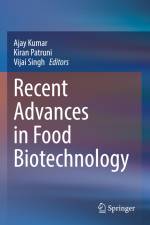von Ajay Kumar
31,00 €
Glawa 1 i glawa 2 knigi opisywaüt predlozhennoe opredelenie, preimuschestwa bezothodnogo proizwodstwa i ierarhiü othodow. Glawa 3 i glawa 4 poswqscheny 3R bezothodnogo proizwodstwa, rynochnym kampaniqm i pererabotke othodow. V glawe 4 opisywaütsq takie rasprostranennye widy wtorsyr'q, kak zapolniteli i beton, batarejki, biorazlagaemye othody, odezhda, razborka i regeneraciq älektroniki, chernye metally, cwetnye metally, pererabotka alüminiq, steklo, kraska, bumaga, plastik, textil', drewesina, kompostirowanie i wermikompostirowanie, o kotoryh rasskazywaetsq w glawe 5 knigi. V glawah s 6 po 12 opisywaetsq pererabotka textilq, plastika, stekla, bumagi, alüminiq, komp'üterow i stali.

